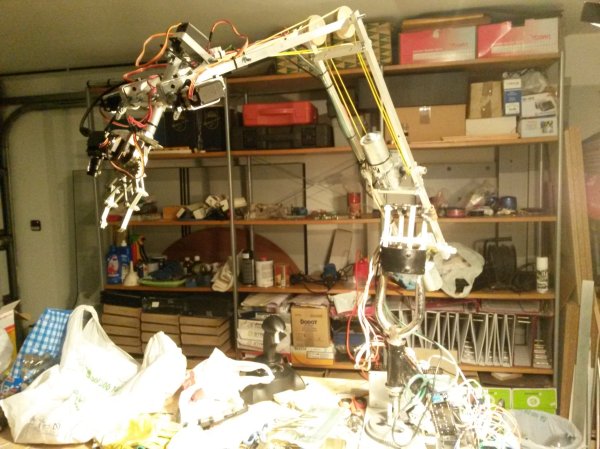[Josh Updyke] woke up one morning and found himself in a sticky situation. The demand for his modular robotic track system was outgrowing his ability to produce. One of the bottlenecks was weighing out resin. It’s a slow, monotonous process that must be done with accuracy. The free market did not have any affordable solutions to the problem. So like any hacker worth his weight in 2N2222 transistors, he made his own by re-purposing some used beer kegs.
The resin comes in two parts – the resin itself and a hardener. Each must be weighted out on a scale before mixing to ensure proper proportions. It was a trial-by-error learning process before [Josh] was able to settle on a final solution. First he tried some garden sprayers, which worked OK at first. But the resin was taking too long to exit the sprayers, and he had to pressurize them by manually pumping them with air. He ended up with a much better method that used some Cornelius Kegs.
Be sure to check out his io page for more details.

















